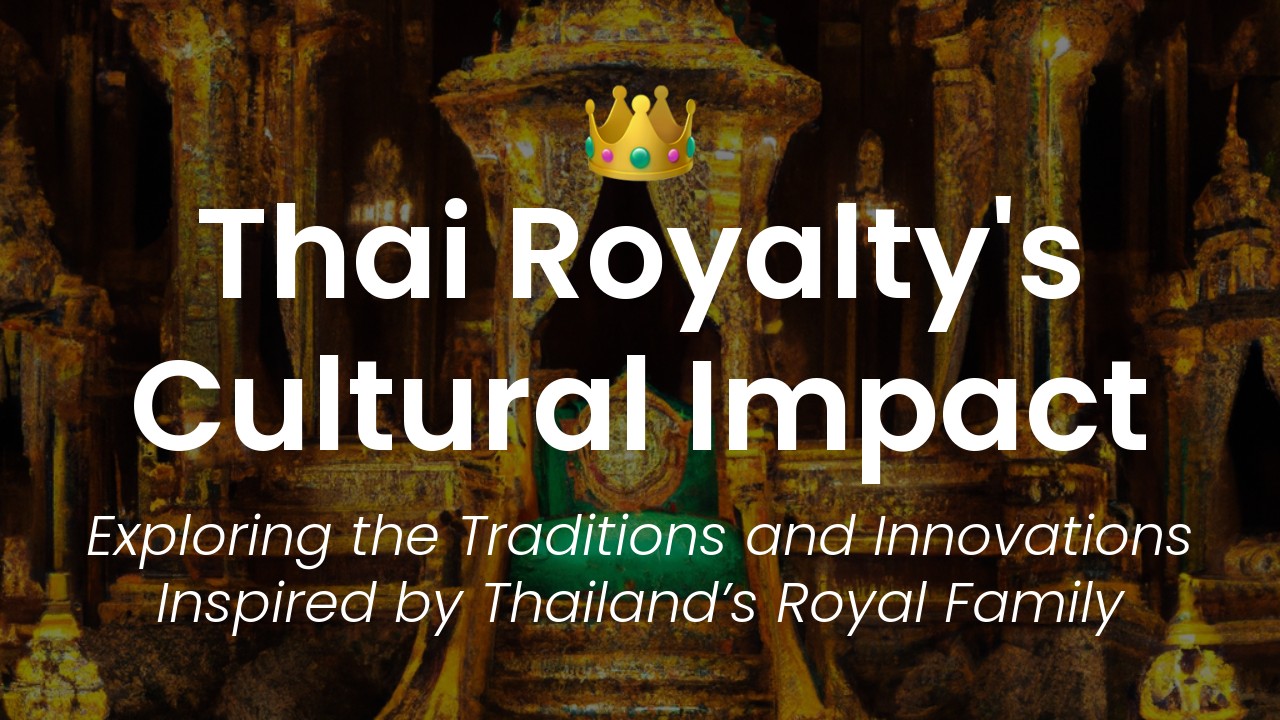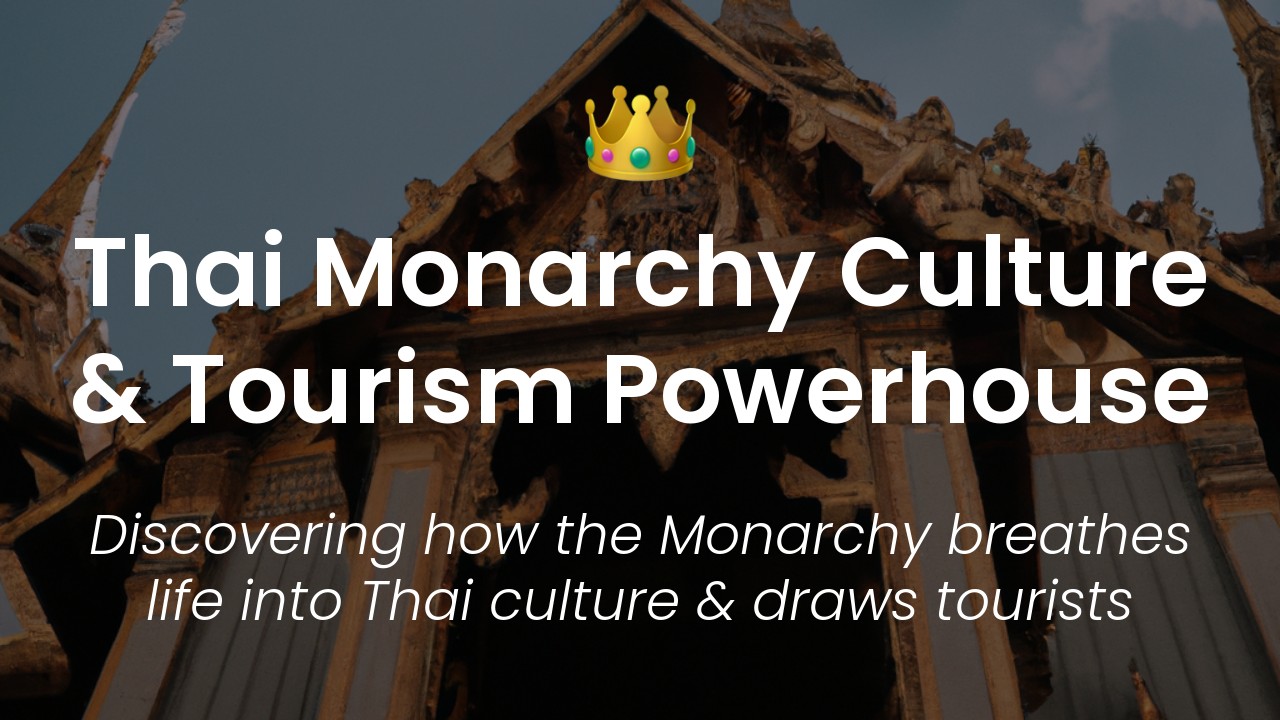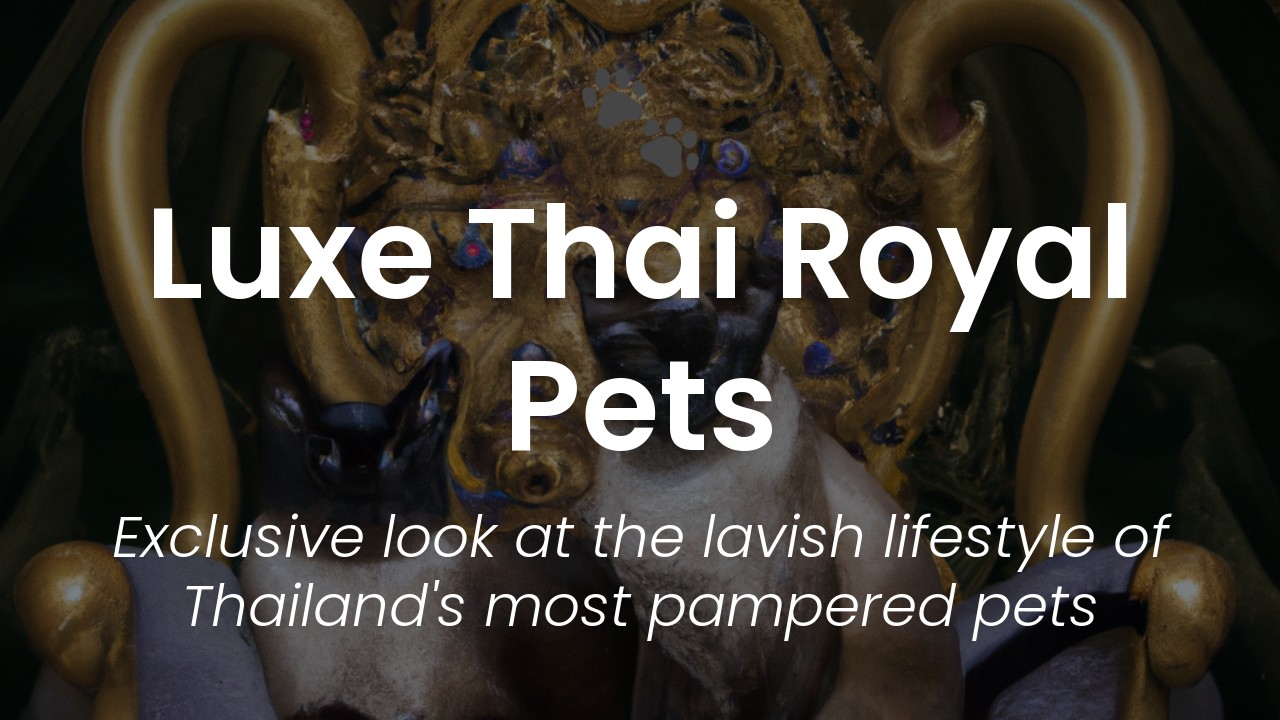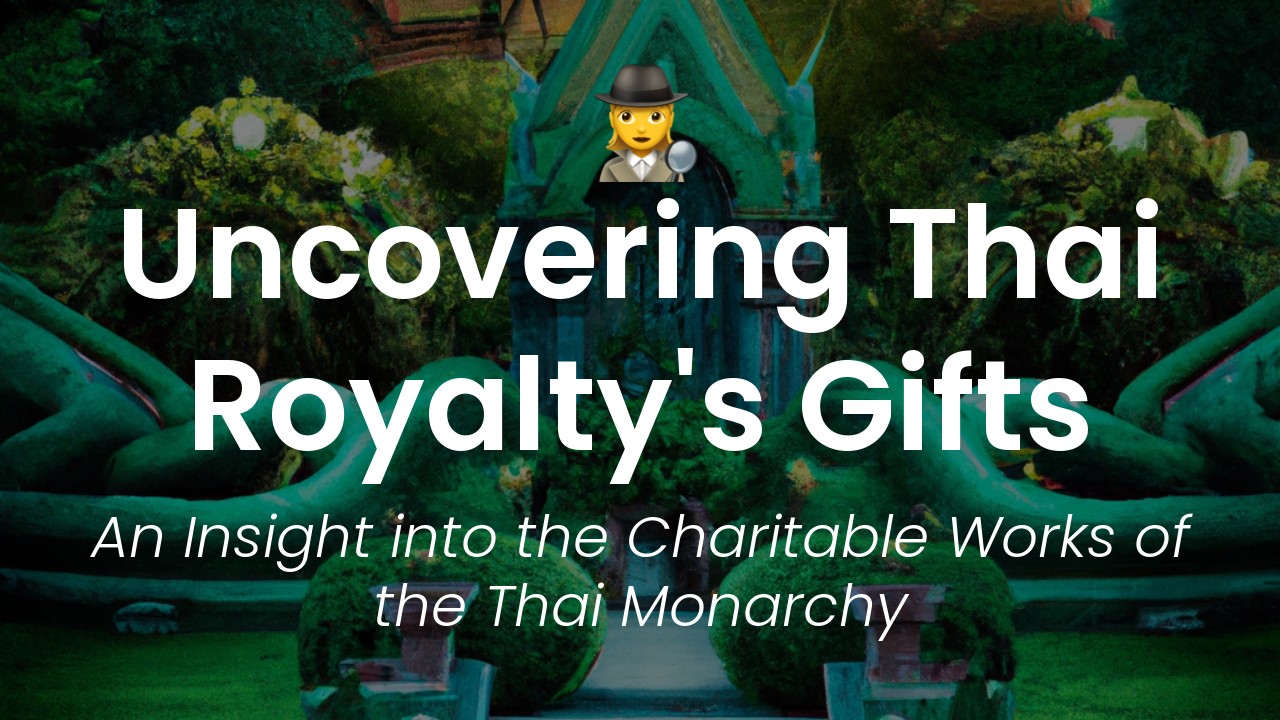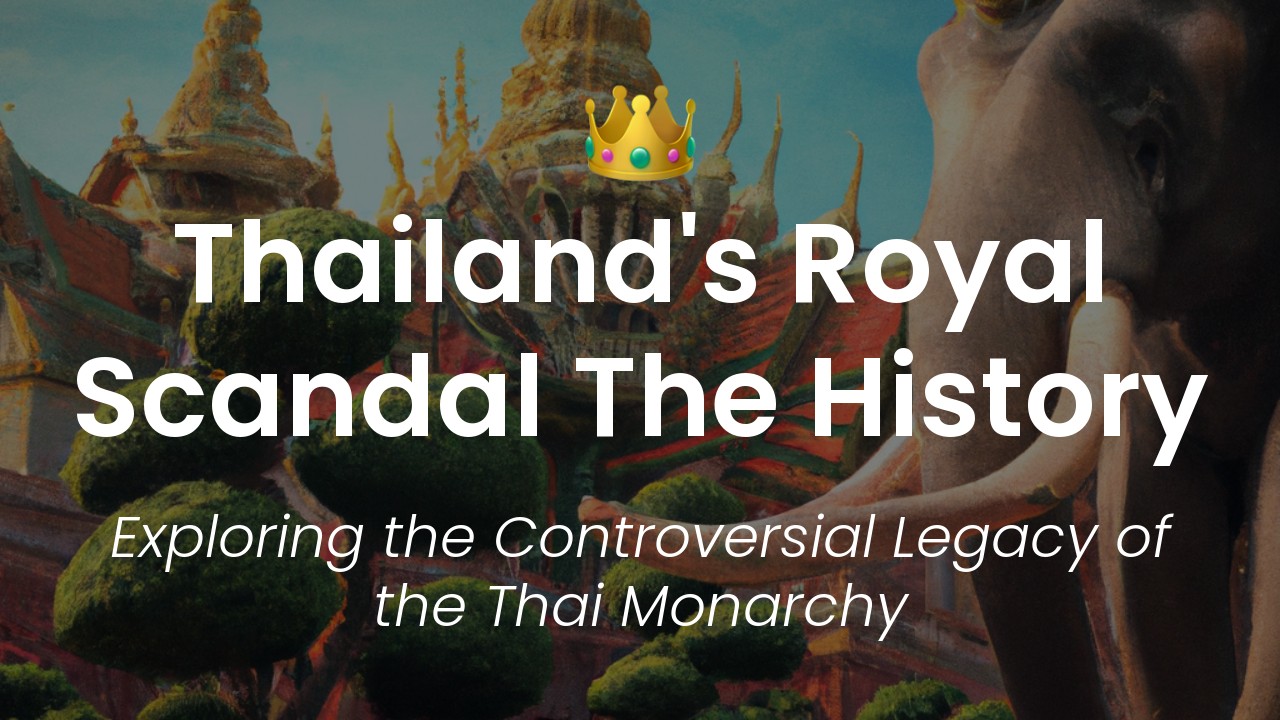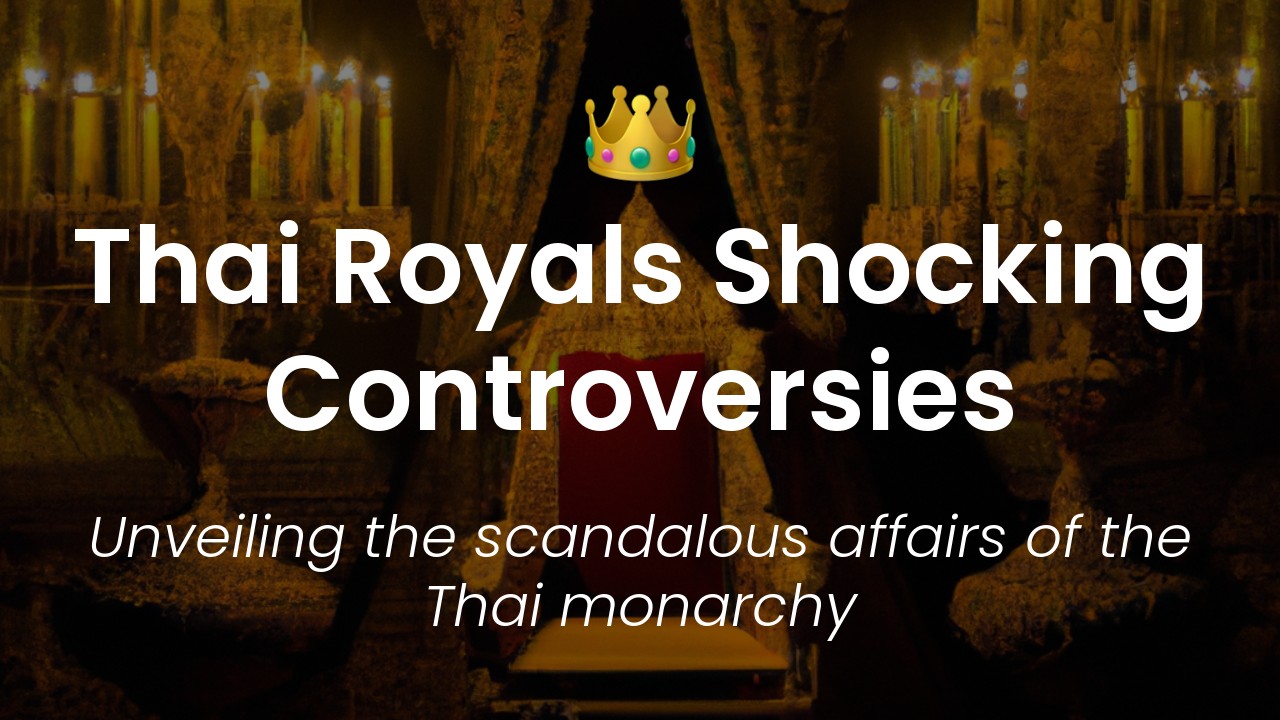As a Thai citizen, I have always been fascinated by the cultural influence of the Thai Royal Family. For centuries, the monarchy has played a central role in Thai culture, shaping the country's traditions, customs, and values. From grand palaces to intricate temples, Thai royalty has left an indelible mark on the country's architecture, art, and religion.
One of the most noticeable ways in which the Thai Royal Family has influenced the country's culture is through its architecture. The Grand Palace in Bangkok is perhaps the most famous example of this influence. The complex is a masterpiece of traditional Thai design, with intricate carvings, bright colours, and gold leaf accents. Built in the 18th century, the Grand Palace remains one of the country's most popular tourist attractions.
But it's not just the Grand Palace that showcases Thai architecture at its best. Temples throughout the country often feature ornate designs and intricate details that showcase the skills and ingenuity of local craftsmen. From the towering spires of the Wat Arun temple in Bangkok to the serene beauty of the Temple of the Emerald Buddha in Chiang Mai, each temple offers a unique glimpse into the cultural legacy of the Thai Royal Family.
Monarchy in Thailand: how it started
Thailand, also known as Siam, is a land that boasts of a rich, vibrant and diverse culture. The essence of Thai culture is rooted in the Monarchy, which has been a symbol of hope and unity for its people throughout its history.
The institution of the monarchy in Thailand dates back to several centuries and is deeply rooted in the Hindu-Buddhist concept of divine kingship. The first Thai kingdom, Sukhothai, was founded in the 13th century and was ruled by a succession of kings who were benevolent, wise and loved by their people.
The Thai Royal Family: history and lineage
Over the years, the Thai monarchy has grown in prominence, and the Thai Royal Family has evolved into a unique and awe-inspiring institution. The current Thai Royal Family can trace its lineage to the Chakri dynasty, which was founded by Rama I in 1782. Today, the Thai Royal Family comprises King Maha Vajiralongkorn, his consort Queen Suthida, Princess Bajrakitiyabha, Princess Sirindhorn and other members of the royal family.
The Thai Royal Family has played a significant role in shaping Thai culture, and their imprint can be seen in all aspects of Thai life, from cuisine to art, architecture, fashion, and religion.
The role of the Royal Family in Thai culture
The Thai Royal Family is considered a unifying force in Thai culture, and their cultural influence extends far beyond the borders of Thailand. Thai culture has a unique identity, which is inextricably linked to the monarchy. The Thai Royal Family has contributed significantly to the development of Thai culture, and their patronage has been instrumental in preserving the country's traditions and heritage.
The Royal Family's contribution to Thai culture can be seen in the many national museums, palaces, and temples that dot the country. These institutions house some of Thailand's most prized cultural artifacts and provide visitors with a glimpse of the country's rich and diverse history.
The King as a unifying figure: examples of national unity
The Thai monarchy has been a symbol of national unity and identity for the Thai people throughout its history. The current king, Maha Vajiralongkorn, has sought to continue this tradition and has played an active role in promoting national unity and reconciliation.
One of the king's notable initiatives has been the "Winter Festival," which is held annually in the northern province of Chiang Mai. The festival features a range of cultural activities, including traditional Thai dance, music, and cuisine. The festival attracts visitors not only from Thailand but also from around the world, and it has become a symbol of Thailand's rich cultural heritage.
The Queen's contributions to Thai arts and crafts
The Queen of Thailand has played an instrumental role in promoting Thai arts and crafts. Queen Sirikit has been a patron of Thai silk, and her efforts have helped to promote this ancient art form on the international stage. The queen's patronage has also been instrumental in the preservation and promotion of Thailand's traditional handicrafts, such as pottery and woodcarving.
Furthermore, the queen has played a vital role in promoting the arts in Thailand. She has sponsored numerous cultural events, including music and dance performances, and has also encouraged the development of a national curriculum in the arts.
Diverse traditions: ceremonies and rituals
The Thai monarchy has embraced a range of cultural traditions and rituals, many of which are deeply rooted in Thai Buddhism. The most significant traditional ceremonies include the coronation of the king, water festival, and Loy Krathong.
The coronation of the king is a grand ceremony that marks the formal accession of the king to the throne. This ceremony is steeped in ancient traditions and is a celebration of Thai culture and heritage.
Water festival, also known as Songkran, is a three-day festival celebrated in April. The festival signals the start of the Thai New Year and involves the throwing of water and the pouring of scented water over the hands of respected elders as a sign of respect.
Loy Krathong is one of Thailand's most cherished festivals, celebrated annually in November. The festival involves the release of floating lanterns and decorated baskets into the rivers and canals as a way of giving thanks to the water goddess for providing life-giving water.
Legacy and impact on modern Thailand
The Thai Royal Family's cultural influence extends far beyond the borders of Thailand. Their patronage and support have helped to promote Thai culture on the international stage and have raised awareness of the country's rich and diverse heritage.
Moreover, the Royal Family's contributions to Thai society have been instrumental in shaping modern Thailand. Their dedication to promoting national unity and reconciliation has helped to build a stronger, more vibrant society, while their patronage of the arts has helped to preserve and promote Thai culture for future generations.
The Thai Royal Family's contributions to Thai culture are many and varied, and their legacy will continue to inspire generations to come. As Thailand continues to grow and prosper, the monarchy will remain an integral part of the country's cultural identity and a symbol of hope and unity for its people.

